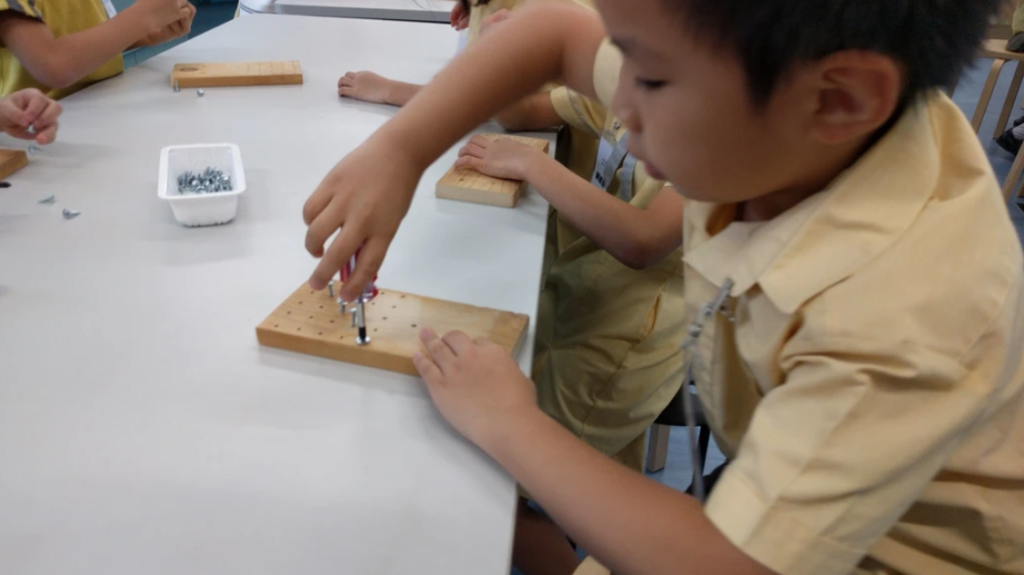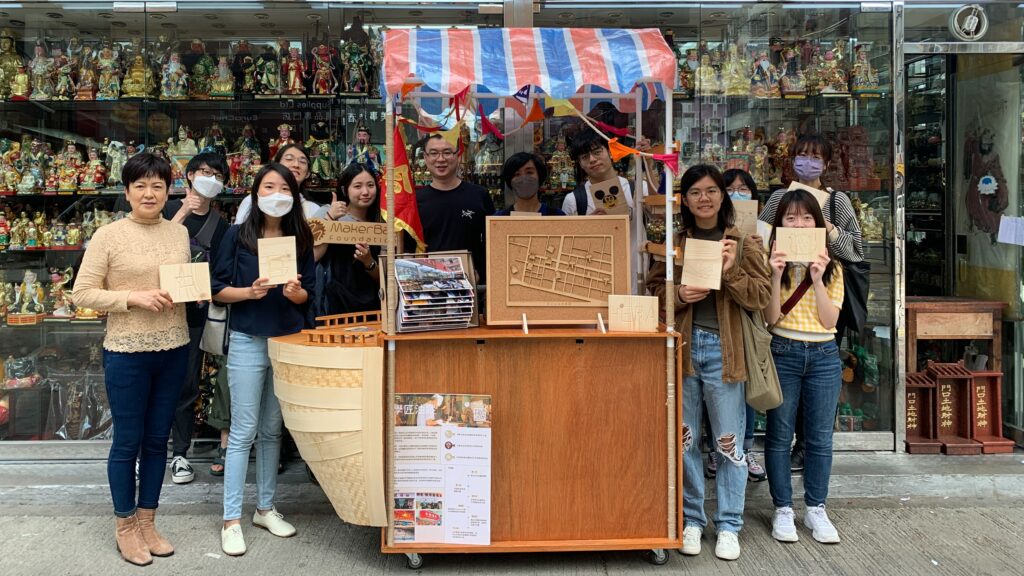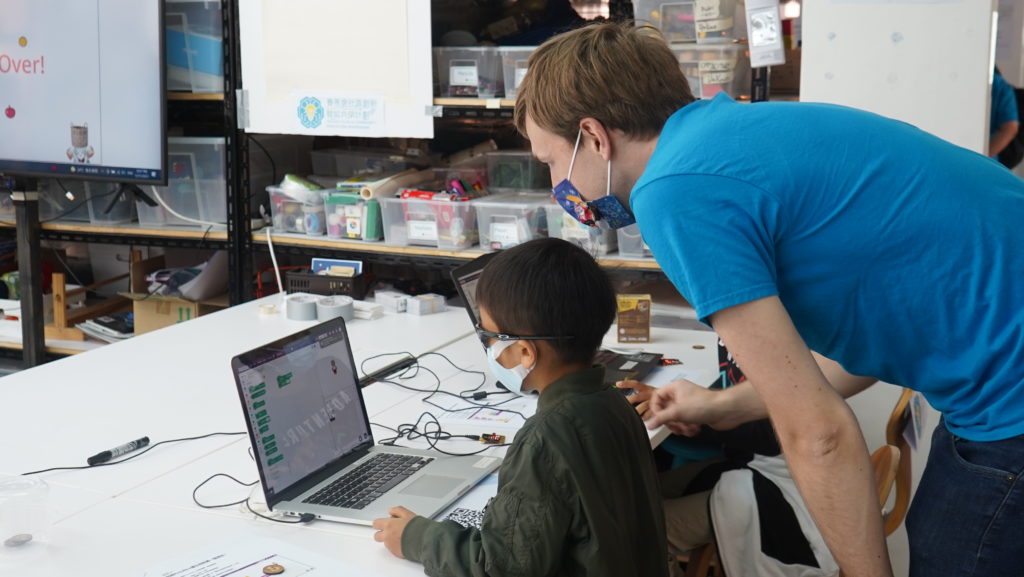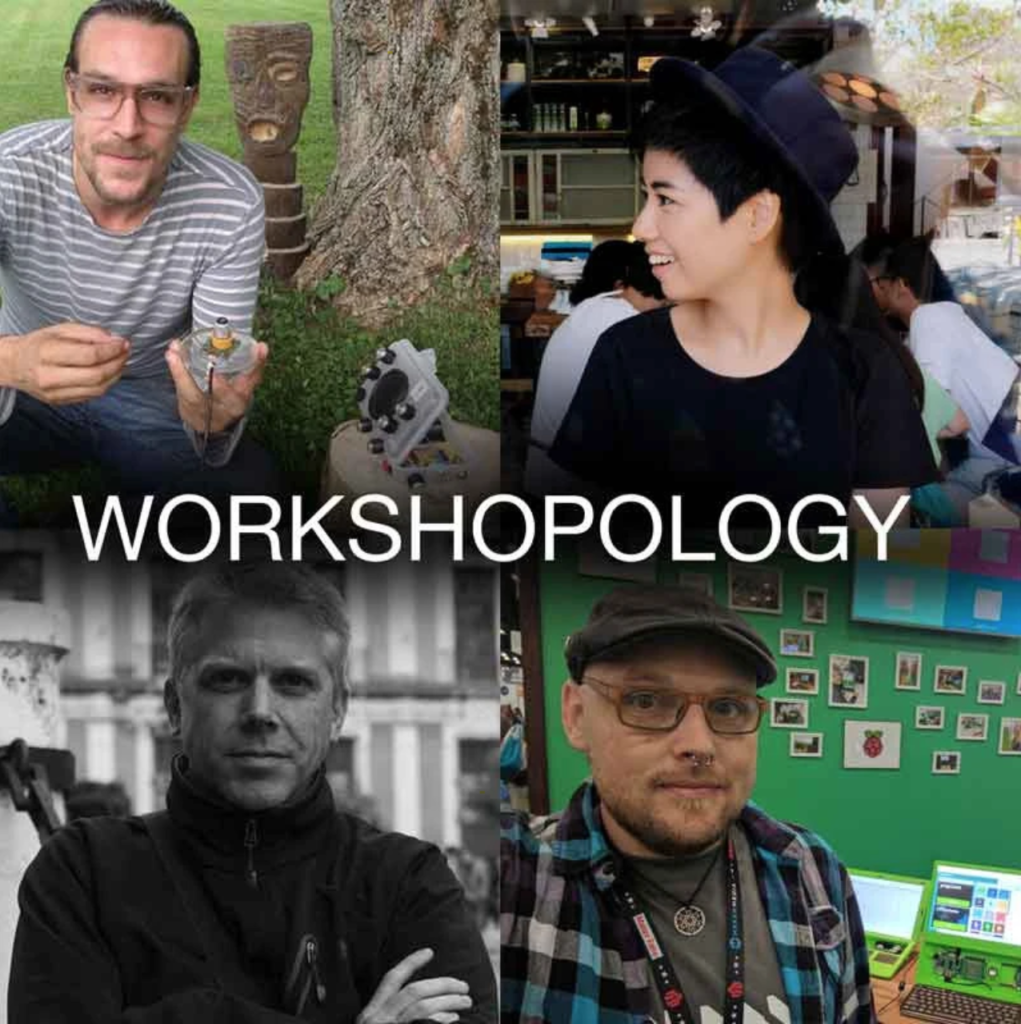Why is “Making” important to child’s learning?

In this blog post, we begin by offering a general overview of the learning theories most common in maker education. Along the way, we highlight concrete examples of how we combined these ideas to develop the maker curriculum in schools. We’ll only scratch the surface here, so if any of the ideas discussed resonate with your, we encourage you to delve deeper using the link throughout.
Constructivism
One of the common learning pedagogies that is adopted in makerspaces is constructivism developed by Jean Piaget. According to Piaget, knowledge cannot be given to students but rather must be constructed by the learner through a combination of experiential learning and reflection. The theory also emphasizes that the teacher is a facilitator of learning rather than a delivery of content. In a classroom setting, when young people do making under adult’s facilitation, it also provides a safe environment for children to learn how to be endurance and persistent when they encounter failures. Besides, time for reflection and discussion is of the utmost importance regarding students’ understanding of themselves and establishing the social aspect of learning in which one creates knowledge collaboratively with peers and educators.
Learn Journey of a Young Maker
From our own experience and by integrating maker education in different stages of a child’s cognitive development (we are referring to Piaget’s 4 stages of cognitive development theory), we can come up with a staggered learning journey of a young maker (Fig. 1). Start by inward-looking (such as exploration, develop self-confidence and interests) to outward-looking as they grow up and gain more experiences.

Fig. 1 Learner journey of a young maker.
1. Identify as a creator and develop confidence in creative expression. Young people develop motivation and confidence in their ability to learn and create hands-on projects. They feel capable of bringing their ideas to life by designing, experimenting, iterating and persisting through failures.
2. Acquire technical tool literacy. Young people become familiar with a variety of tools and technologies that they can use to make projects.
- Students aged 6-8, they are rich in imagination, keen to experiment to construct concrete concepts, so it’s good to organize more free play sessions to stimulate their curiosity and imagination. Teachers also can teach them how to use simple hand tools such as screwdrivers, hammer, scissors, art and craft materials to express their creativity. For example: primary 1 and 2 students making nerdy derby car using scrap woods, art and craft materials and screwdrivers to design their own wooden car. The activity let young students express their creativity by designing their dream vehicles, while also gaining concrete experience in transforming a flat 2D drawing into a tangible 3D object.
3. Become aware of the STEAM concepts. Young people become aware of ideas and concepts that bridge science, technology, engineering, art, and math. They demonstrate curiosity to learn more and apply in real-life situations.
4. Learn collaboration and design thinking. Young people actively engage in collaborating and helping others. They develop empathy for and understanding the needs of the user(s) through the process of design thinking. In this stage, young people have an opportunity to practice their observation and interviewing techniques, discover insights, distill their findings, brainstorm possibilities and build a prototype to test in order to learn from feedback and make iterations.
5. Make for others, communities or environment. When young people are equipped with a maker mentality, accumulated experiences, and acquire technical skills in the previous stage. Now it’s time to actively apply their skills to help others, build awareness of the social and environmental issues.
- Students aged 10-12 begin to think more about moral, philosophical, ethical, social and political issues that require theoretical and abstract reasoning. In our example with a group of primary 5 students, we played an experiential empathy game. In the game, some students play the role of disabled people to do a simple task that is purchase a bottle of water from the nearby supermarket. The students were blind-folded, on wheelchairs or have one hand bandaged. After the game, they shared their feelings and problems they found during the process and in the community. The problem they found included the poor waste management in the public housing estate, not enough facilities for disabled people in the community and lack of facilities for old people etc. Then we went through the design thinking process to brainstorm possibilities and build prototypes to solve these problems. The experiential empathy game or field trip helps students to develop awareness on social and environmental issues in an engaging way. The discussion of feelings and findings after the experiential activities let students practice articulating their thoughts and logical reasoning techniques.








Responses